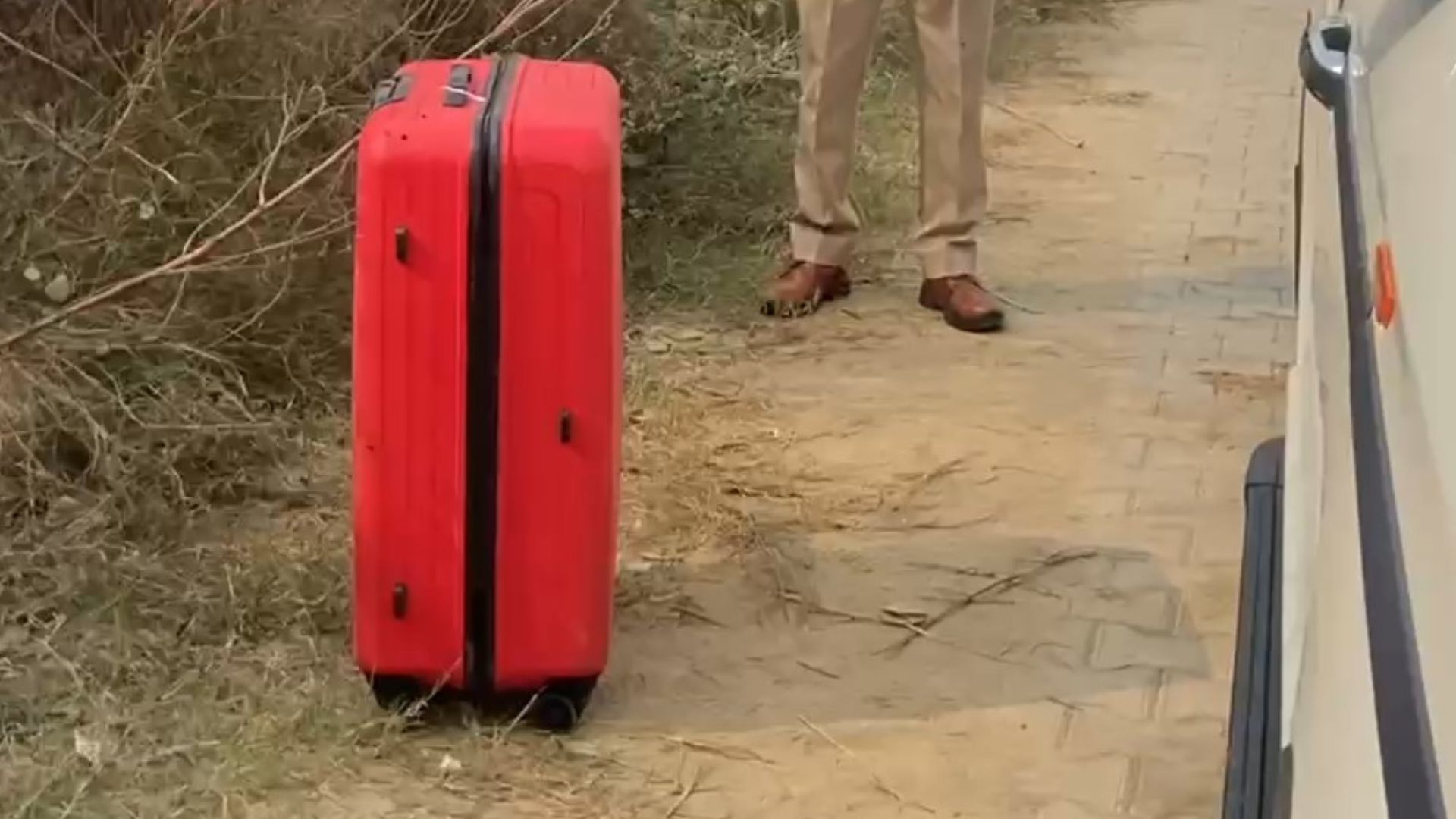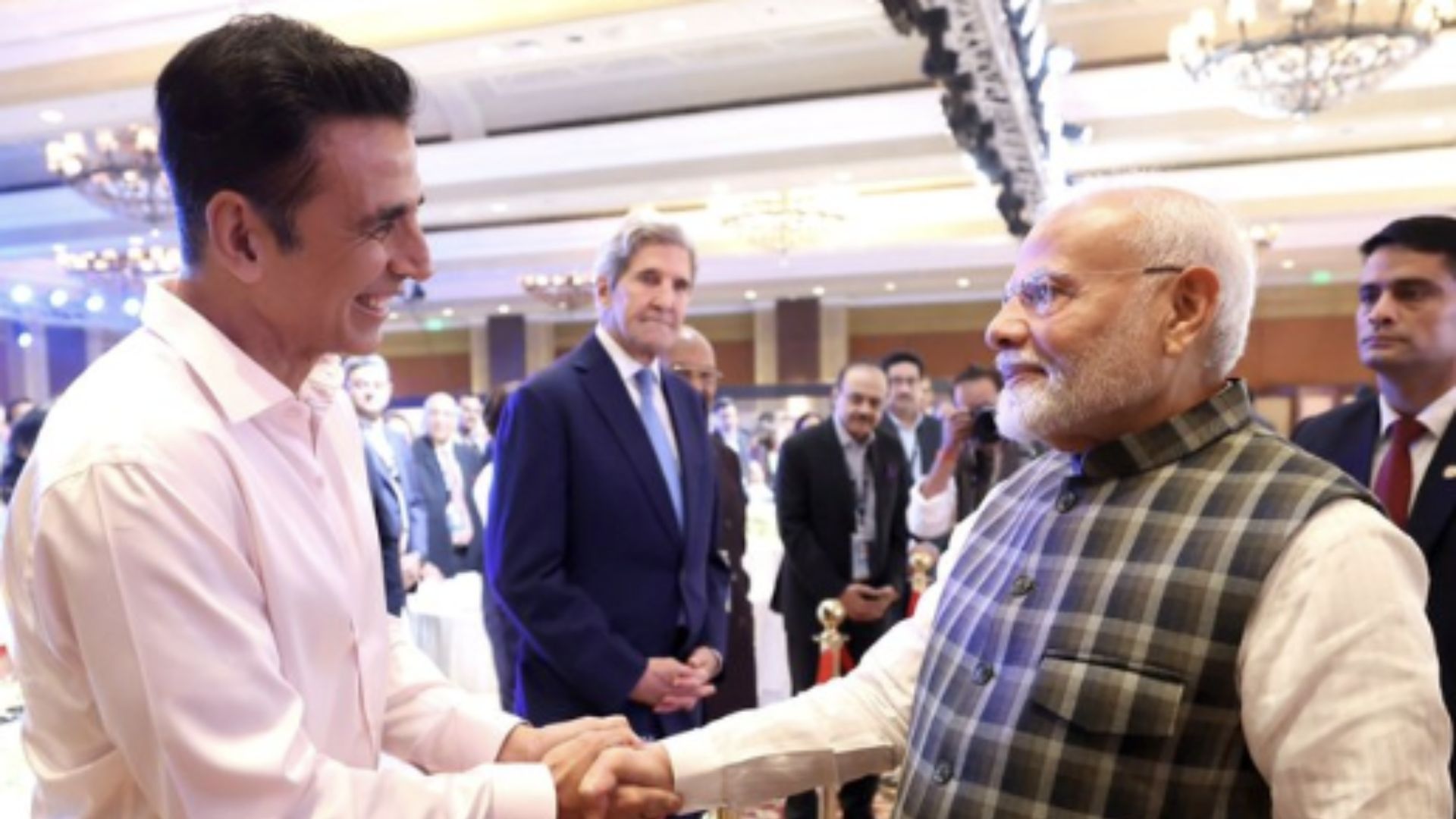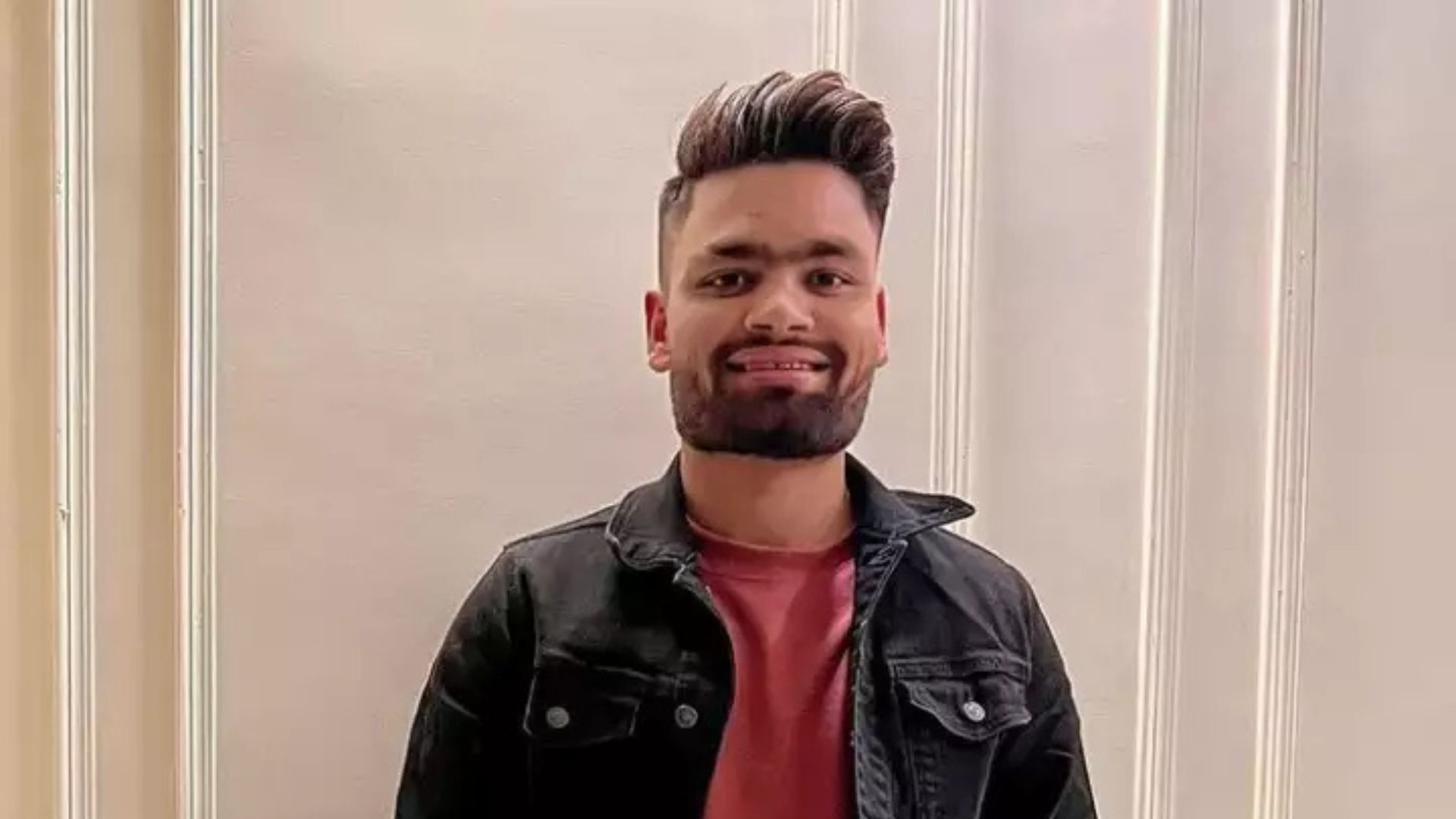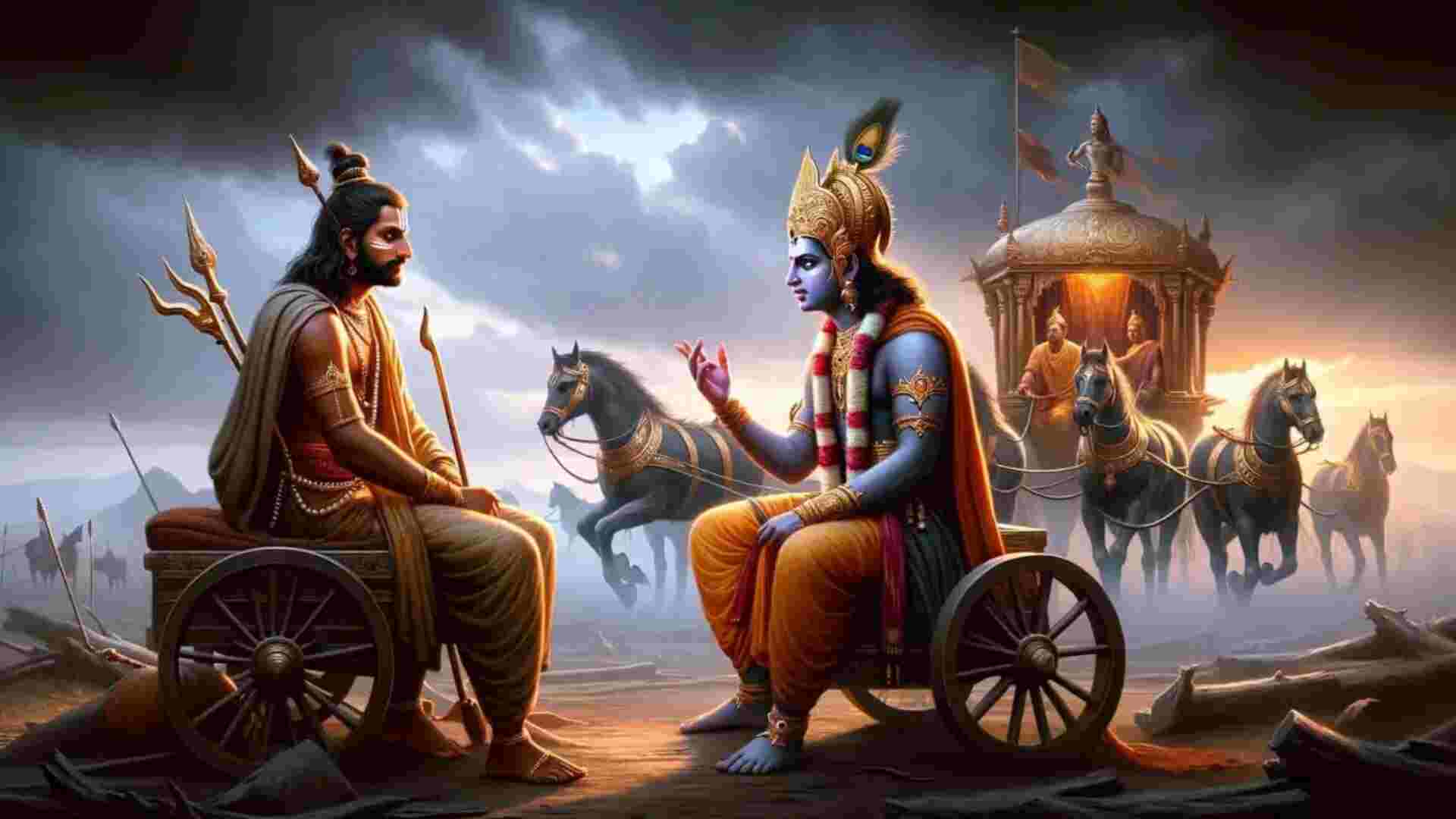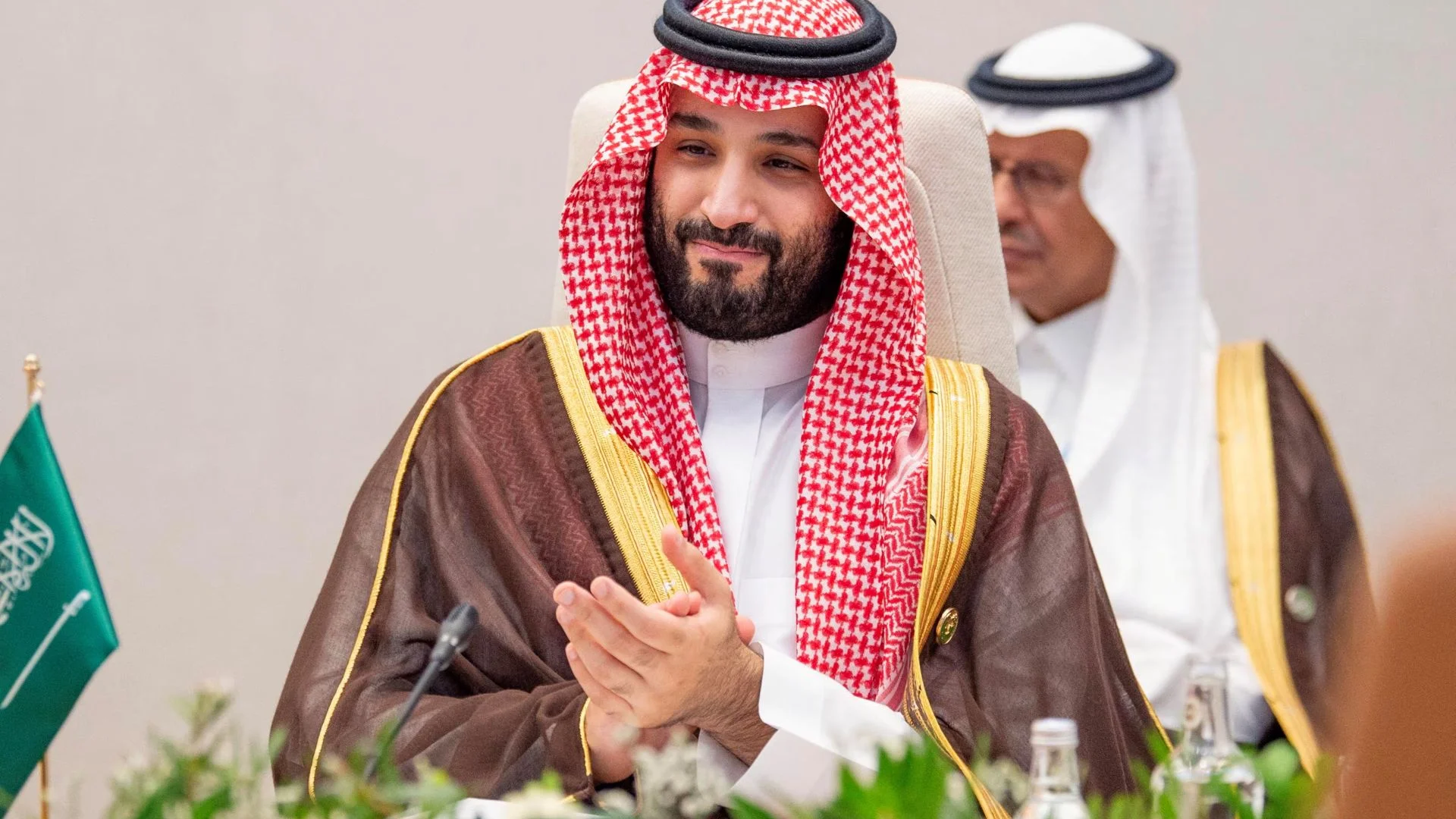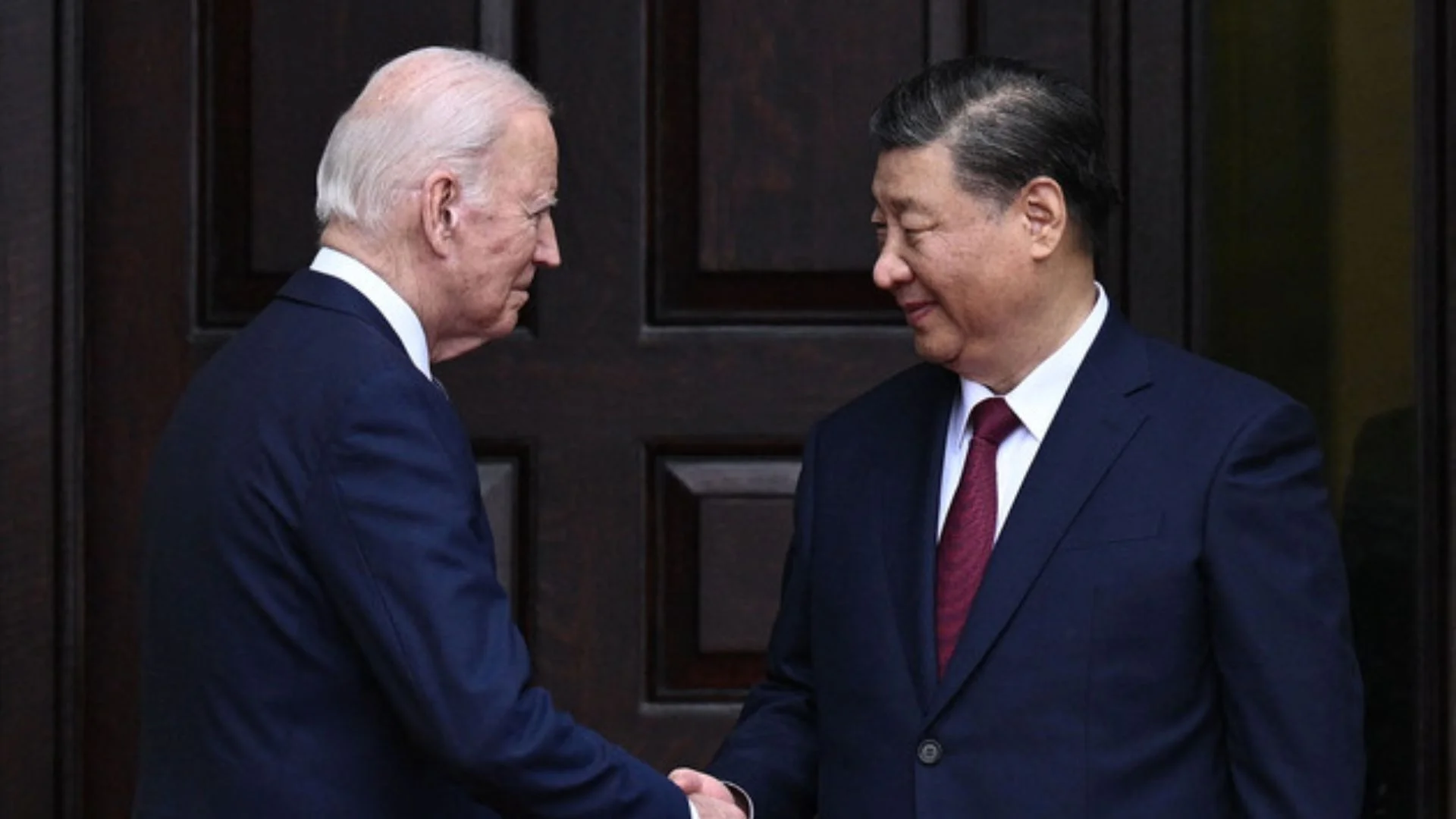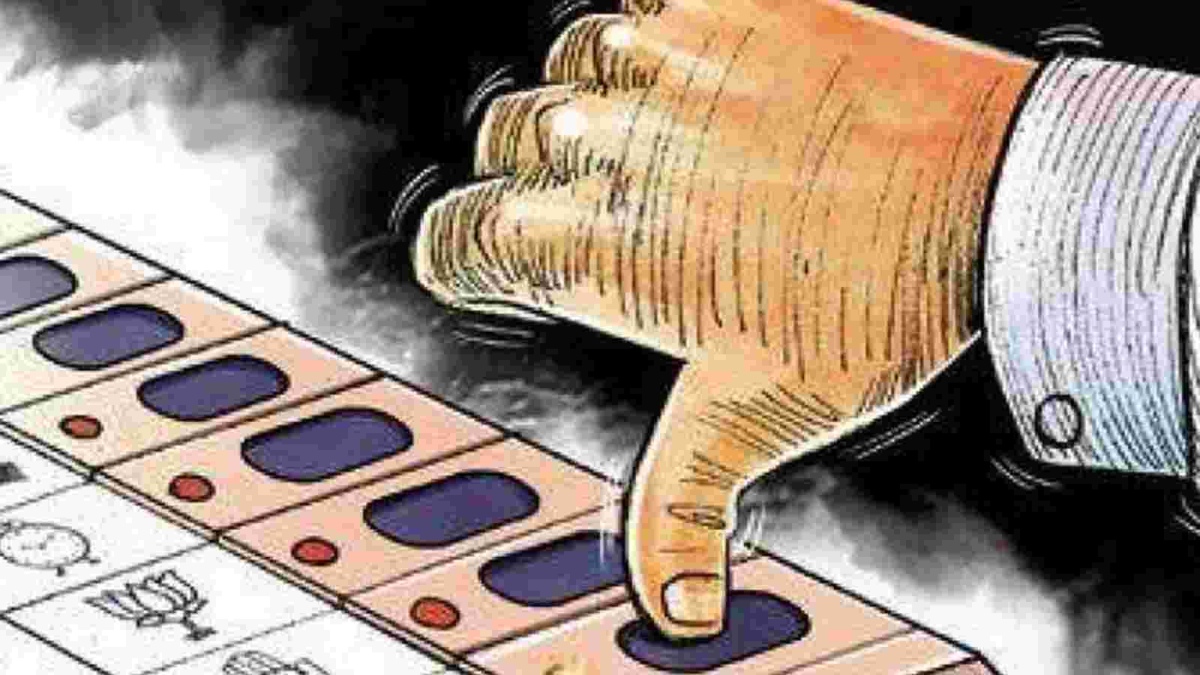
This round of assembly elections stands out because this is probably the first block where the voters had access to an alternate narrative. Earlier the mainstream channels held sway (and we all know how objective most of these are). It was during the 2014 Lok Sabha elections that social media began to make its presence felt, but it was in 2019 that it dominated the narrative, especially the WhatsApp broadcasts. But again these had to be targeted towards the intended— groups had to be formed and bombarded with bulk messages, social media handles had to be followed. But yes, the initiative was wrested from the mainstream channels which began to follow social media trends and posts. However, the narrative remained more or less the same; and it was mostly pro-BJP.



Then Covid-19 happened and platforms like Zoom and Streamyard gained popularity. This led to the rise of YouTube Channels and broadcasts. Anyone with a mobile phone could invite four guests and hold a panel discussion. Since most of the journalists who were ‘pro Government’ had found comfortable perches in the mainstream channels, this left the space open for the ‘rest’. It also left a vacuum for an alternate narrative to emerge. Add to this the farmers’ agitation that came up during the pandemic where the farmers refused to talk to the mainstream media, referring to the channels as `godi media’. Instead, they began their own channel and reached out to the YouTubers. This gave an immense fillip to the YouTubers for anyone who wanted to hear `the other side’ of the story switched over to them. Moreover, during the pandemic, the viewing habits turned more towards the OTT platforms rather than News Channels. For instance, Barkha Dutt’s MOJO gained a lot of traction during this time with her coverage of Covid-19 related stories and the plight of migrant workers. (Another discovery was Dhruv Rathee’s Vlogs though his chats cover current affairs and tech topics more than political news).
But while Barkha had already made a name, others, not so well known but were setting up shop with mikes, cameras, action… And suddenly something clicked. Perhaps it was because at last, the viewer had an alternative to curated news. Not that the YouTubers do not have their biases. Most are anti establishment (read anti-BJP). If the mainstream channels show one side then the YouTubers show the other. (Please note— this is not to say that all the channels and YouTubers are biased but— most of them are). The viewer now has the option to reach for the remote and follow the viewpoint that appeals to her.
What is interesting is that the hits on these small YouTube channels were enough to compete with the mainstream media (some get over a million views per show); making stars out of former journos. Suddenly names like Satya Hindi.Com, 4 PM News, G Files, HW News, National Dastak, and journalists like Ajit Anjum, Ashutosh, Sanjay Sharma, Abhisar Sharma, Mukesh Kumar, Alok Joshi, and Sakshi Joshi became familiar names for anyone with a mobile phone. While covering election rallies one found the voter referring to issues raised on these channels along with those raised by mainstream media.
What is also interesting about these shows is that they are dominated by journalists— and ordinary citizens. Rarely does the neta make an appearance so you avoid the ‘akhaada› format where party spokesmen trade abuses on air and very little information and analysis comes out. Instead, you have a group of journalists who share their insights (and biases) but you get analysis and anecdotes instead of empty rhetoric. I remember Ashutosh (founding editor Satya Hindi.com) telling me that they had taken a calculated decision to avoid the netas for this very reason as he didn’t want the same kind of verbal shouting matches that pass off as prime time news. Instead, he prefers to invite journos who spoke to their sources and shared their insights in a calm, analytical manner. What is also interesting is that the journalists who appear on the shows are not the same talking heads you see on mainstream media. Instead, these channels reach out to local journalists who are on ground, and give a more realistic picture.
I am writing this after the polling is over but before the results have been counted. This has been a very interesting round of elections, with some intriguing takeaways on the state of the media. If you have been watching (most) mainstream channels for the last few months, you will get the feeling that BJP is sweeping Uttar Pradesh. But, if you watch (most) of the YouTube channels, well, then you will come away convinced that the Akhilesh Yadav lead gathbandhan is going to make a comeback. It is almost as if there are two very different elections being fought in the heartland. Ditto for the exit polls which showed that BJP is all set to retain Uttar Pradesh on the mainstream channels while the YouTube shows either debunked these polls or else did their own, like 4 PM News which showed the SP getting over 200 seats. This will make the 10th march all the more interesting, not just for the political verdict but also for its take on the state of the media.

